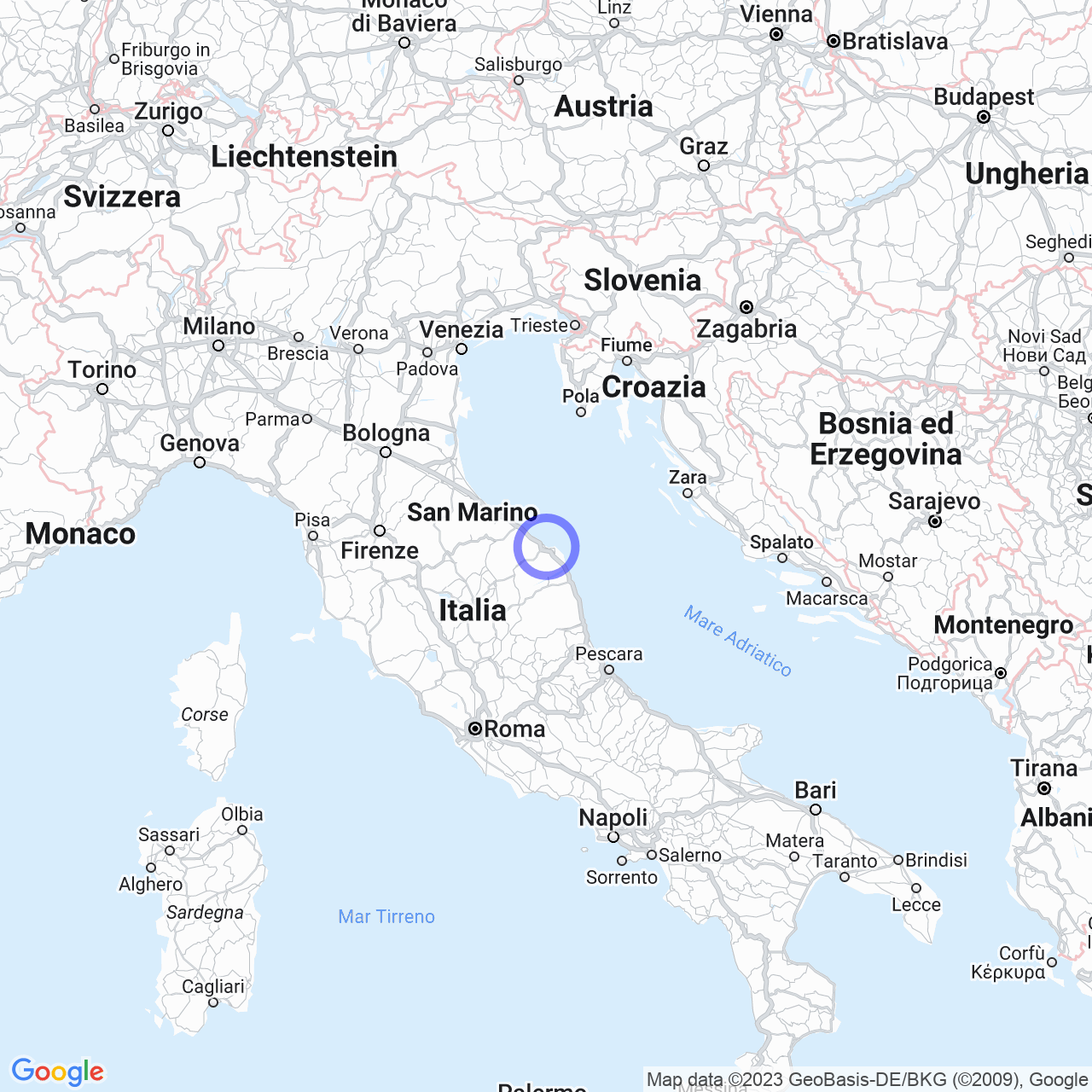Falconara Marittima
The Ancona-Falconara Marittima tramway
The Ancona-Falconara Marittima tramway was an interurban line that, as the name suggests, connected the city of Ancona to the seaside resort of Falconara Marittima along the Marche coast. In this article, we will explore the history, characteristics, and rolling stock of this railway line that played a fundamental role in the lives of the citizens of Ancona and the tourists who visited the area.
History
The concession for the construction of the tramway was obtained by the Provincial Administration of Ancona in 1914 and was entrusted to the Anonymous Tramways and Electrical Enterprises Company (STIE) which had already taken over the operation of the urban tram network. The line was inaugurated on August 26, 1915 and was bought by the Municipality of Ancona in 1933. In 1943, the tramway was entrusted to the Municipal Tramway Company of Ancona (Conerobus). In 1944, the service was interrupted due to the damage caused by the bombing of World War II.

Characteristics
The Ancona-Falconara Marittima tramway ran along the provincial road "Via Flaminia" with a total length of 11.63 km. The route largely exploited the pre-existing urban track and included 25 intermediate stops. The line used 42.8 kg/m Phoenix rails laid in shared space and was powered by a 540 kW power substation. The maximum gradient was 15 per mille, while the curvature radii were not less than 18.5 meters. The peaceful panoramic ride of the tramway offered passengers a view of the coastal area.
Rolling stock
STIE had six 120 kW electric motors and eight trailers, also on bogies, for the interurban service.
Conclusions
The Ancona-Falconara Marittima tramway played an important role in improving public transport between Ancona and Falconara Marittima. With its inauguration in 1915, the tramway paved the way for tourism on the Marche coast. Although it was interrupted due to the damage caused by the war, its short history left a significant mark in the collective imagination of the citizens of Ancona.
